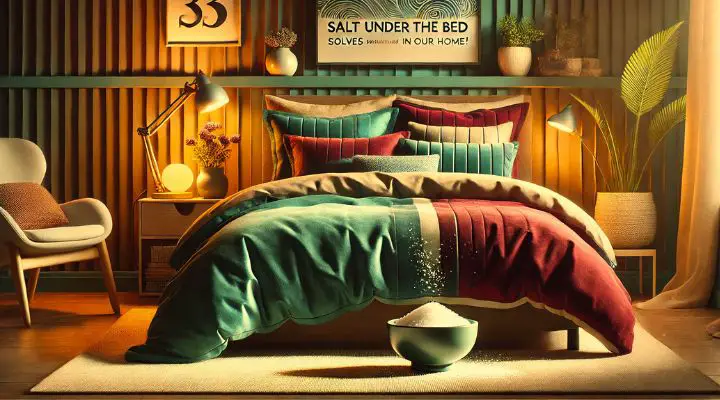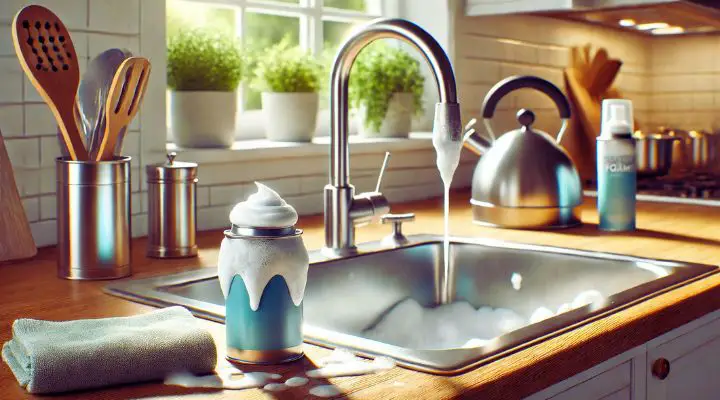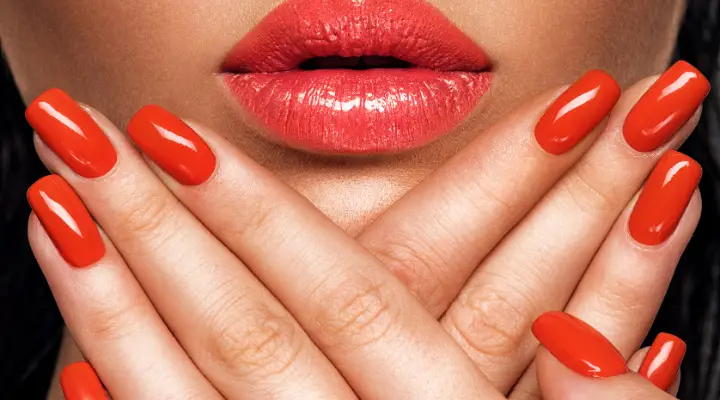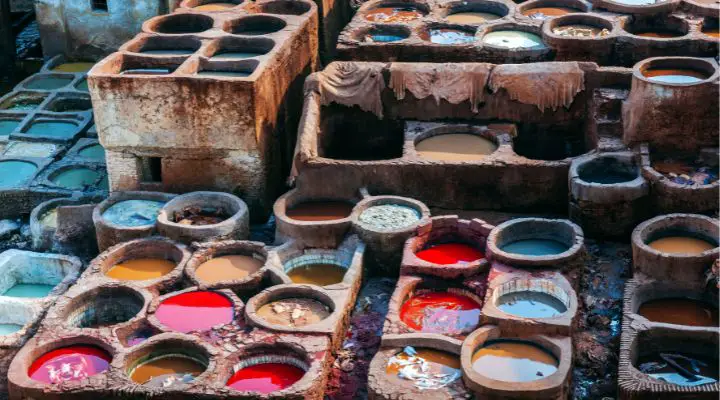
Salt is one of the most ubiquitous items in our homes. However, its uses extend far bEyond the kitchen. Placing salt under the bed has gained attention for its remarkable ability to solve a variety of problems faced by many households. This seemingly simple practice carries ancient wisdom and practical benefits that can transform the ambiance and functionality of your home. In this article, we delve into why salt under the bed is an effective solution and explore its many applications.
The Mystical and Scientific Significance of Salt
Salt has been revered for centuries as a symbol of purity and protection. In traditional practices, salt is believed to have the power to ward off negative energy, creating a harmonious and balanced environment. Modern science supports this view, recognizing salt as a natural absorber of moisture, odors, and impurities. These properties make it a versatile tool for addressing several common household issues.
How Salt Under the Bed Promotes Better Sleep
Absorbing Excess Moisture
One of the primary benefits of placing salt under the bed is its ability to absorb moisture from the air. In humid environments, excessive moisture can lead to discomfort, mold growth, and a musty odor in bedrooms. Salt, with its hygroscopic properties, acts as a natural dehumidifier, maintaining optimal air quality for restful sleep.
Reducing Allergens
Dust mites and allergens thrive in damp conditions. By reducing moisture levels, salt under the bed creates an environment that is less hospitable to these irritants. This can significantly improve sleep quality, especially for individuals with allergies or respiratory issues.
Balancing Energy
In feng shui and other spiritual practices, salt is used to cleanse negative energy. Placing a bowl of salt under the bed is believed to purify the surrounding energy, fostering a serene and calming atmosphere conducive to peaceful sleep.
Salt as a Remedy for Household Odors
Neutralizing Odors
Salt is highly effective at neutralizing unpleasant odors. If your bedroom is plagued by persistent smells, a small bowl of salt placed under the bed can help. Salt absorbs odor-causing particles from the air, leaving the room fresh and inviting.
Combining Salt with Essential Oils
For an enhanced effect, mix a few drops of your favorite essential oil with the salt. This not only neutralizes odors but also introduces a pleasant fragrance, further improving the room’s ambiance.
Protecting Against Pests
Deterring Insects
Salt is a natural deterrent for many common household pests, including ants and spiders. Placing salt under the bed creates a barrier that these insects are unlikely to cross, ensuring a pest-free sleeping area.
Preventing Mold and Mildew
By absorbing moisture, salt helps prevent the growth of mold and mildew under the bed—a common issue in poorly ventilated bedrooms. This guarantees a healthier and cleaner living space.
Salt as a Tool for Stress Relief and Mental Clarity
Creating a Calming Environment
A restful environment is crucial for stress relief and mental clarity. Salt’s ability to cleanse negative energy and promote positivity can significantly enhance the overall atmosphere of your bedroom, making it a sanctuary for relaxation.
Combining Salt with Crystals
For added benefits, consider combining salt with calming crystals like amethyst or quartz. This combination is believed to amplify the cleansing and energy-balancing effects of salt, further supporting mental clarity and emotional well-being.
Practical Tips for Using Salt Under the Bed
Choosing the Right Salt
While table salt is effective, coarse sea salt or Himalayan pink salt is preferred for its larger surface area and mineral content. These types of salt not only absorb moisture more efficiently but also provide additional aesthetic and energetic benefits.
Placement and Replacement
- Use a small bowl or container to hold the salt.
- Place it strategically under the bed, focusing on areas prone to moisture or odors.
- Replace the salt every two to four weeks to maintain its effectiveness. Dispose of the used salt outside the home, as it may have absorbed negative energy and impurities.
Alternative Uses of Salt in the Bedroom
Under-Bed Storage Freshener
If you use under-bed storage, placing a sachet of salt inside can help keep stored items fresh and free from odors or moisture damage.
DIY Air Purifier
Create a simple air purifier by combining salt with activated charcoal. Place the mixture under your bed or around the room for enhanced air quality.
Is Salt Under the Bed Right for You?
This simple and affordable practice can have a profound impact on your home. Whether you’re seeking better sleep, cleaner air, or a more harmonious environment, salt under the bed offers an effective solution backed by both traditional wisdom and scientific principles.

















